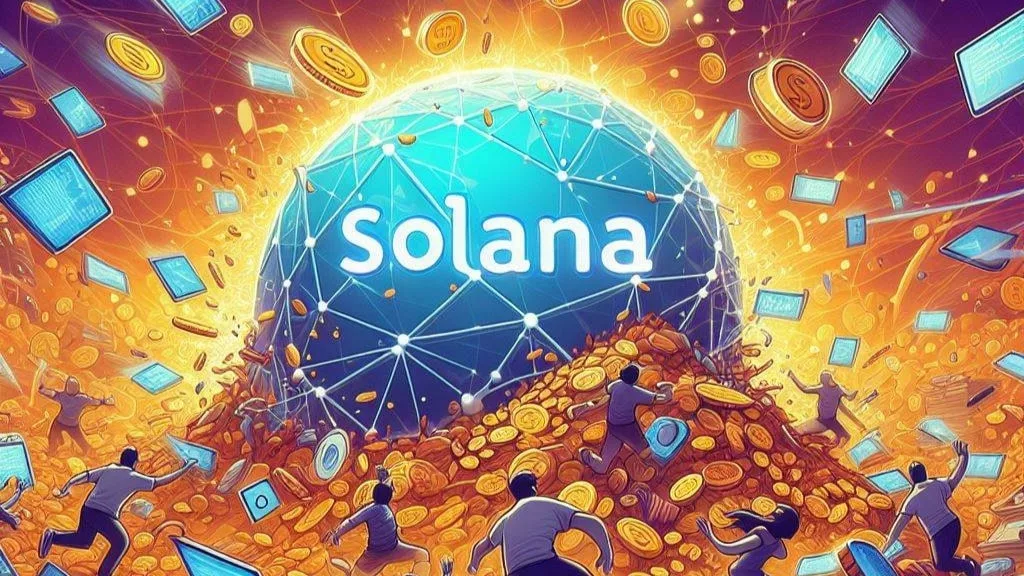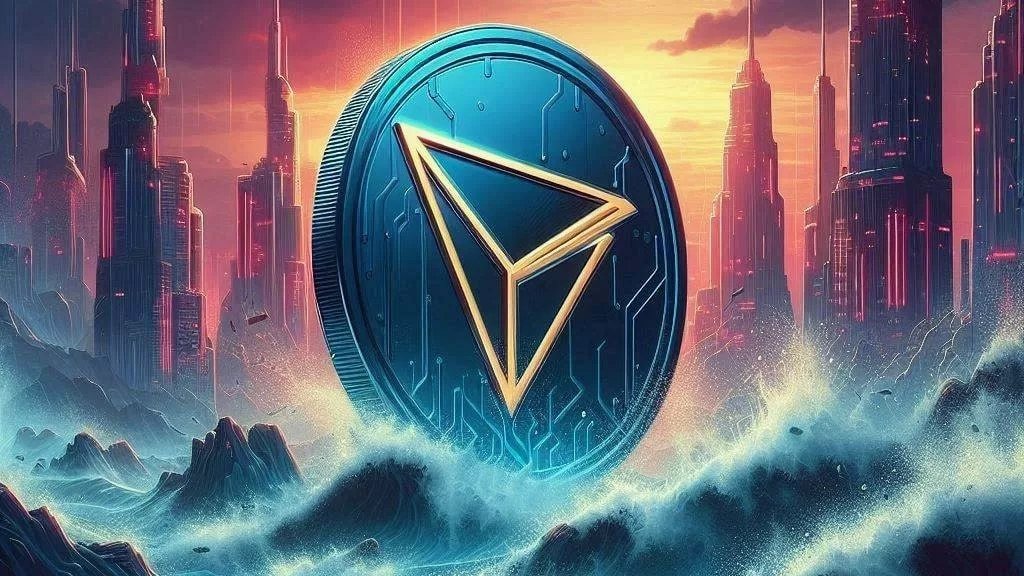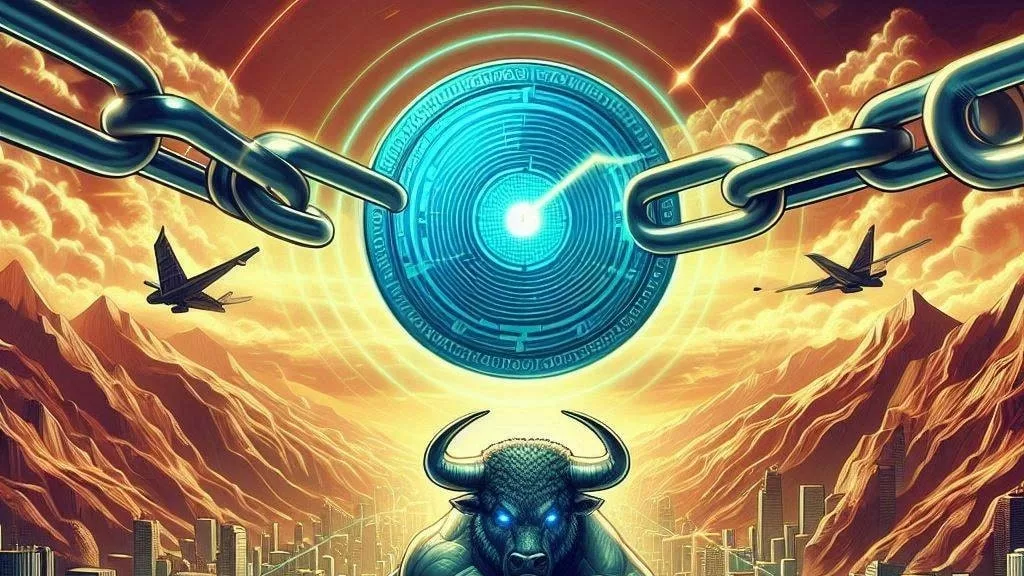
At the heart of the issue lies the introduction of ORE, a mineable token on Solana that promises rewards to users who participate in solving cryptographic puzzles. Since its deployment, ORE miners have flooded the network with transactions, overwhelming Solana’s capacity to process them efficiently. While some argue that failed transactions only affect bots, the reality is that regular users are feeling the brunt of the chaos, struggling to execute transactions even with increased gas fees.
The surge in transaction volume has exposed vulnerabilities in Solana’s infrastructure, leading to dropped transactions and network congestion. Charts circulating on social media only scratch the surface of the problem, as they fail to capture the full extent of transactions that never make it onto the chain.
Charts circulating on Crypto Twitter highlight a concerning uptick in the percentage of failed transactions on Solana. Yet, these statistics fail to capture the full extent of the problem. Many users report their transactions being dropped even before they reach the chain—an indication of systemic congestion.
Under Solana’s current fee structure, the cost of spamming the network is virtually negligible, providing little deterrent against such behavior. ORE mining has inadvertently monetized spam, incentivizing users to fund smart contracts that inundate the network with transaction requests.
As a consequence, genuine users are left stranded, unable to execute transactions despite raising their gas fees. Bots, adept at producing spam, exacerbate the issue, leaving human users disproportionately affected by transaction failures.
In the search for solutions, voices within the Solana community advocate for continued technical fixes to address networking issues. However, others propose an economic remedy inspired by Ethereum’s EIP-1559 upgrade.
One proposed solution draws inspiration from Ethereum’s EIP-1559 upgrade, which introduced a dynamic fee mechanism to adjust gas fees based on network demand. Implementing a similar system on Solana could deter spammers by requiring them to pay a minimum base fee for transactions, thus reducing network spam and alleviating congestion.
However, the road to addressing Solana’s transaction woes is not without its challenges. While technical fixes may offer short-term relief, a comprehensive solution requires a holistic approach that addresses both technical and economic factors. As the cryptocurrency landscape continues to evolve, finding the right balance between innovation and sustainability is key to ensuring the long-term viability of blockchain networks like Solana.
Charts depicting the increase in failed transactions on Solana have been circulating on social media platforms like Crypto Twitter, painting a grim picture of the network’s current state. However, these statistics only scratch the surface of the issue, as many transactions are dropped before they even reach the chain.
While some within the Solana community are optimistic that ongoing technical fixes will eventually alleviate the congestion, others are calling for more immediate action. They point to Ethereum’s EIP-1559 upgrade as a potential model for Solana to follow. This upgrade introduced a dynamic mechanism for adjusting transaction fees, making it more costly for spammers to flood the network.
Implementing a similar mechanism on Solana could help mitigate the impact of spam and ensure a smoother experience for users. By requiring spammers to pay a base fee for their transactions, the network can disincentivize malicious activity and prioritize legitimate transactions.
The road ahead for Solana is fraught with challenges, yet opportunities for improvement abound. As developers and stakeholders collaborate to navigate these tumultuous waters, the resilience of the blockchain ecosystem will be tested, with the hope of emerging stronger and more resilient than before.
In conclusion, the recent transaction turmoil on Solana serves as a reminder of the complexities inherent in blockchain technology. By acknowledging the challenges and working together to find solutions, the cryptocurrency community can pave the way for a more resilient and efficient network infrastructure in the future.


Get the latest Crypto & Blockchain News in your inbox.